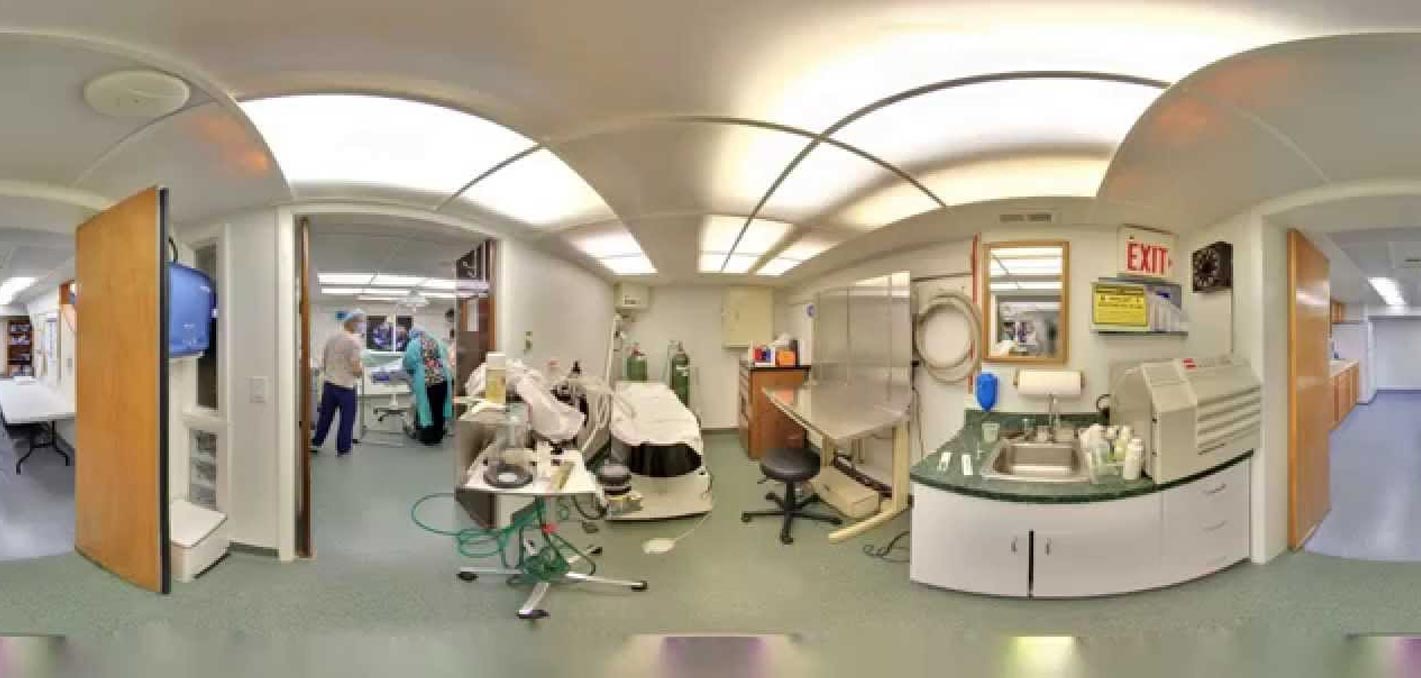Virtual Orientation in Healthcare
Virtual orientation has become a popular and effective way to onboard new hires in the healthcare industry. With the advancements in technology, virtual orientation has become more immersive, interactive, and convenient. In this blog post, we will discuss what virtual orientation is, its benefits in healthcare, and how it can be used in the industry.
What is Virtual Orientation?
Virtual orientation is a form of e-learning that uses technology to deliver information and training to new employees. It is a virtual experience that allows new hires to learn about their workplace, policies, procedures, and job responsibilities in a simulated environment.
The virtual orientation can be delivered in different ways, including videos, animations, virtual reality (VR), and augmented reality (AR). It can be self-paced or guided by an instructor, and it can be accessed from anywhere with an internet connection.
You can touch here or below to make a virtual tour of CHLA (Children’s Hospital Los Angeles) thanks to webVR software and 360vr photographs and discover the hospital as like a hospital virtual visit as 360 degrees.
For more information about virtual orientation please touch here and benefits of virtual orientation by touching here.
Benefits of Virtual Orientation in Healthcare
- Saves Time and Costs
Virtual orientation can save time and costs associated with traditional in-person orientation. New hires don’t need to travel to a physical location, and they can complete the orientation at their own pace. This allows organizations to onboard new employees more efficiently and cost-effectively.
- Increased Retention and Engagement
Virtual orientation is a more interactive and engaging way to onboard new hires. It allows them to participate in simulations and scenarios that mimic real-life situations they may encounter on the job. This helps new employees retain information better and become more engaged in the onboarding process.
- Consistency in Training
Virtual orientation provides consistency in training, ensuring that all new hires receive the same information and training. This is especially important in healthcare, where consistent training can improve patient safety and quality of care.
- Improved Access to Information
Virtual orientation can provide access to information that may not be available during traditional in-person orientation. For example, it can provide new hires with a virtual tour of the facility, an introduction to the hospital’s electronic medical record system, and other essential tools and resources.
How to Use Virtual Orientation in Healthcare?
- Introduce the Organization
The first step in virtual orientation is to introduce the organization to new hires. This can include a virtual tour of the facility, an overview of the organization’s mission, vision, and values, and an introduction to the organizational structure.
- Review Policies and Procedures
New hires need to be familiar with the organization’s policies and procedures. Virtual orientation can provide a comprehensive review of the policies and procedures, including safety protocols, compliance, and regulatory requirements.
- Provide Job-Specific Training
Virtual orientation can provide job-specific training, including an overview of job responsibilities, training on specific tasks, and job-related policies and procedures. This helps new hires feel more confident and prepared for their new role.
- Measure Learning and Feedback
Virtual orientation can include quizzes and assessments to measure learning and ensure that new hires understand the information presented. Feedback from new hires can also be collected to improve the virtual orientation program and ensure that it meets the needs of new employees.
In conclusion, virtual orientation has become an essential tool in the healthcare industry. It provides a cost-effective, consistent, and engaging way to onboard new hires, ensuring that they receive the information and training necessary to perform their jobs effectively. As technology continues to evolve, virtual orientation will become even more immersive and effective in preparing new employees for success.

